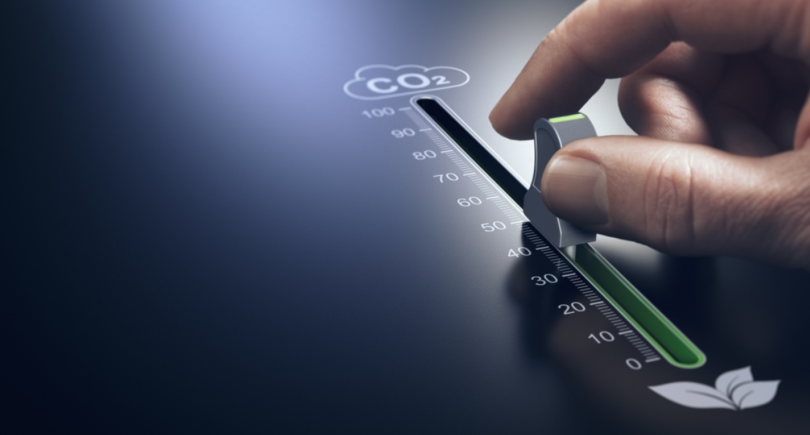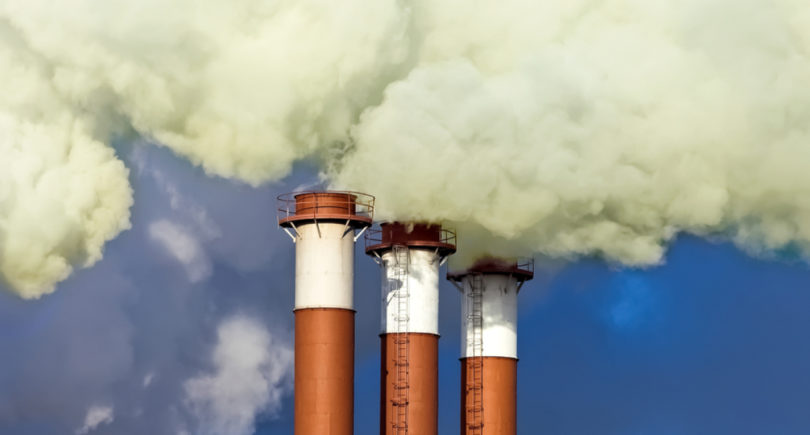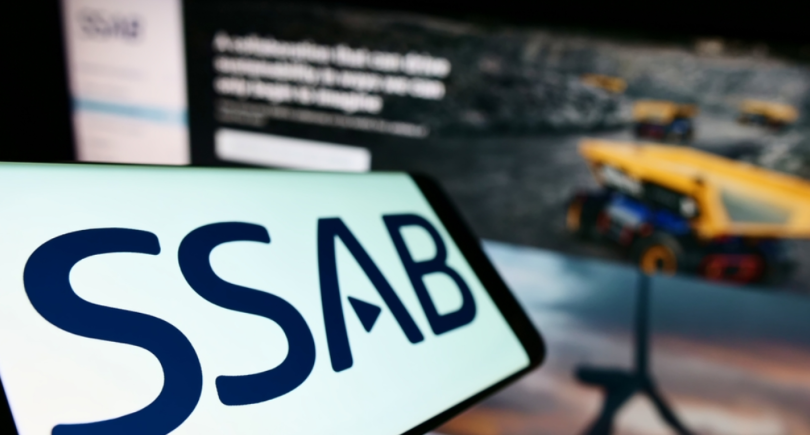
News Green steel decarbonization 1036 05 June 2023
One of the problems is the lack of renewable energy supply capacity
European steelmakers reiterated their concern about the timing of the gradual elimination of free allowances in the EU Emissions Trading System (EU ETS) and the introduction of a carbon border adjustment mechanism (CBAM). These issues were raised at a conference organized by the Association of European Steel Producers (EUROFER), informs Argus.Media.
One of the problems that industry representatives cite is insufficient capacity to supply renewable energy. Several European steel producers have developed and are implementing technologies to make it easier to produce low-carbon steel, but renewable energy supplies cannot yet support the decarbonization plans of enterprises until early 2030. To meet the EU’s carbon reduction targets, approximately 80-90 GW of renewable energy is required per year, compared to only 6 GW produced in 2022.
Giles Dickson, the executive director of the European association Wind Europe, believes that the growth of the green energy sector can be helped by accelerating the processes for obtaining permits and approvals, as well as state compensation (support) for part of the operating costs of companies in the industry, as provided for by the US Inflation Reduction Act, and not exclusively capital expenditures as proposed by the EU.
In addition, with the phasing out of free emission allowances in the EU ETS, carbon prices in the EU are projected to be €100/tCO2 equivalent or higher by 2030. According to Geert Van Poelvoorde, CEO of ArcelorMittal Europe, the carbon emissions costs businesses will incur over the next few years will be more than the funding needed for green investments. He noted that over the past 10 years, the European steel sector has declined by 20%. Poelvoorde says it is not possible to decarbonize the EU steel industry, which produces 80 million tons of steel per year, before 2030. In particular, it takes about 4 years just to build a direct reduction iron plant.
At the same time, a representative of the Hydrogen Europe Association noted that the allocation of free emission allowances under the ETS in the past did not encourage producers to implement decarbonization measures, so this practice should not be continued. According to research conducted by CE Delft for Carbon Market Watch, the European steel sector received up to €16.1 billion in additional profit from ETS in 2008-2019, as the industry had more free allowances in this period than was necessary to cover its own emissions.
“According to our estimates, in 2022, EU steel sector bought only 6% of quotas on the market – everything else was covered by free quotas. Therefore, a decrease in the volume of free quotas, of course, will lead to an increase in the costs of companies. But on the other hand, as a result of the introduction of CBAM, the costs of importers will also increase, and, accordingly, the prices for products on the EU internal market. Thanks to higher prices, European producers will be able to fully or partially cover the additional carbon costs. At the same time, European producers may lose competitiveness in foreign markets, where other suppliers do not have the same carbon costs as in the EU, and CBAM does not offer additional measures to support exports,» commented Andriy Glushchenko an analyst at GMK Center.
At the same time, the EU has already officially notified the members of the World Trade Organization Committee on Trade and Environment about the introduction of CBAM, according to Mint. According to the report, in the middle of 2023, the EU will launch a relevant information campaign after the adoption of an executive act on the rules of reporting, which will be applied during the transition period. It will last until autumn 2023.
As GMK Center reported earlier, in April 2023, the European Parliament approved five pieces of legislation from the Fit for 55 package aimed at reducing greenhouse gas emissions by 55% by 2030 (compared to 1990 levels). Among the approved acts are the CBAM mechanism and the reform of the EU emissions trading system. CBAM will apply from October 1, 2023, with a transitional period where the importer’s obligations will be limited to reporting. The introduction of the mechanism will take place gradually, at the same pace as the elimination of free quotas in the ETS (2026-2034).




